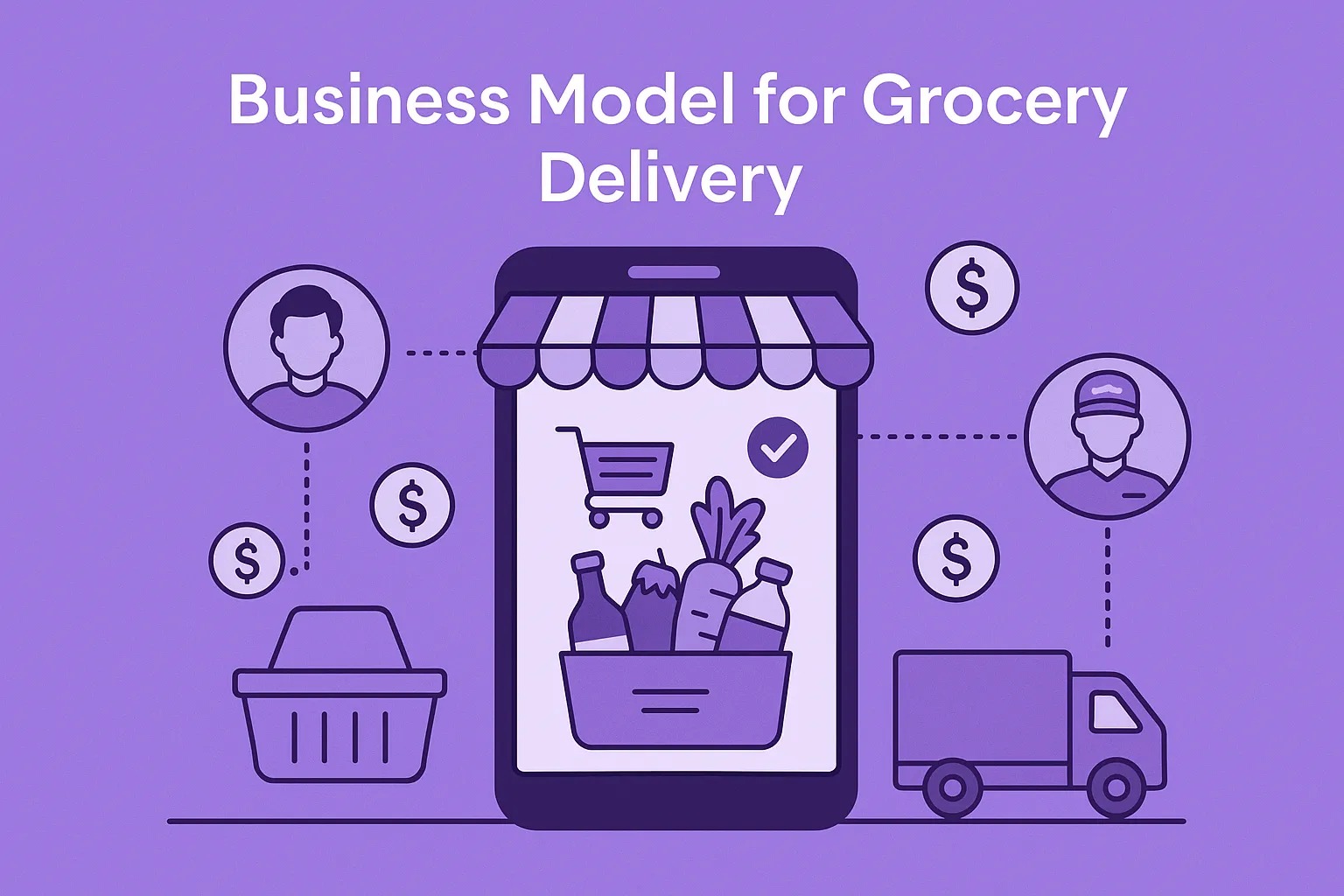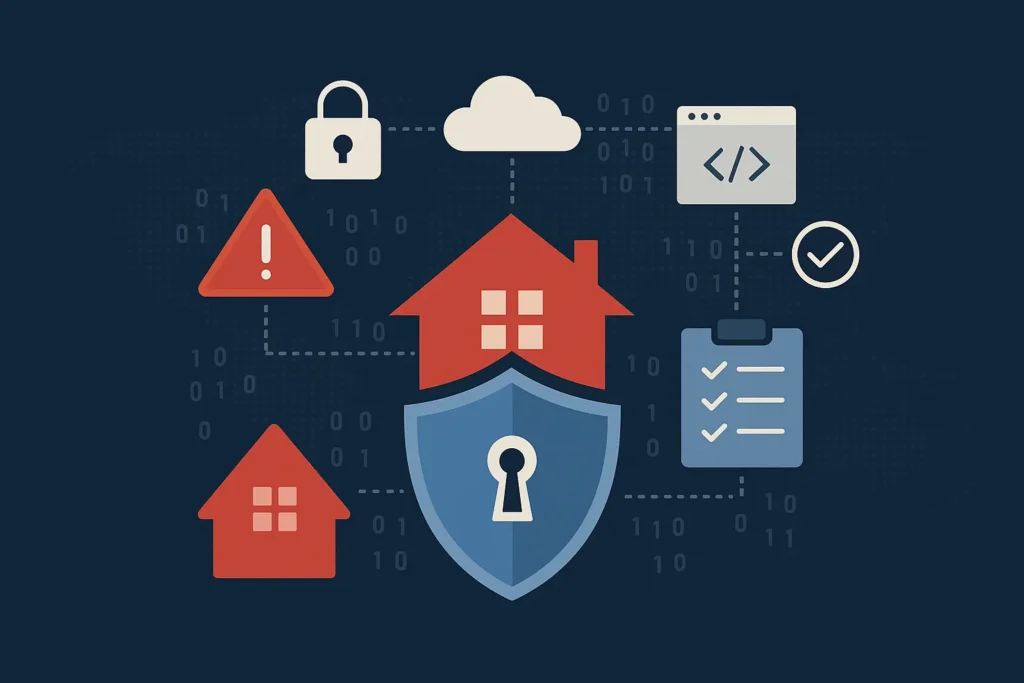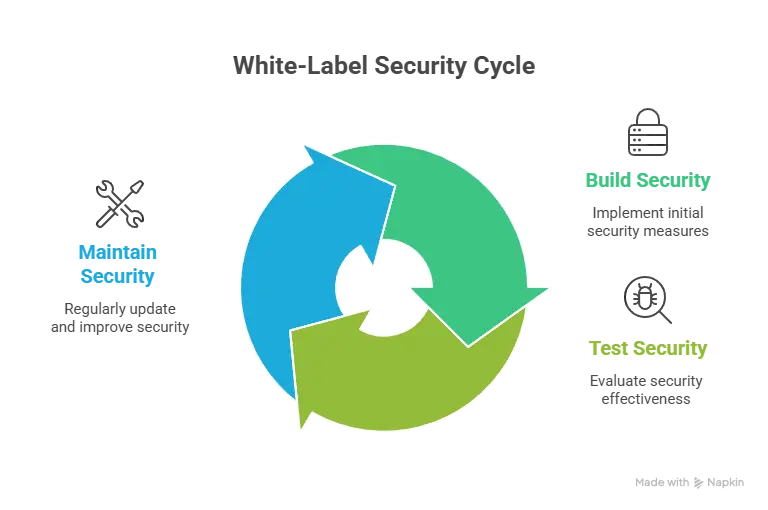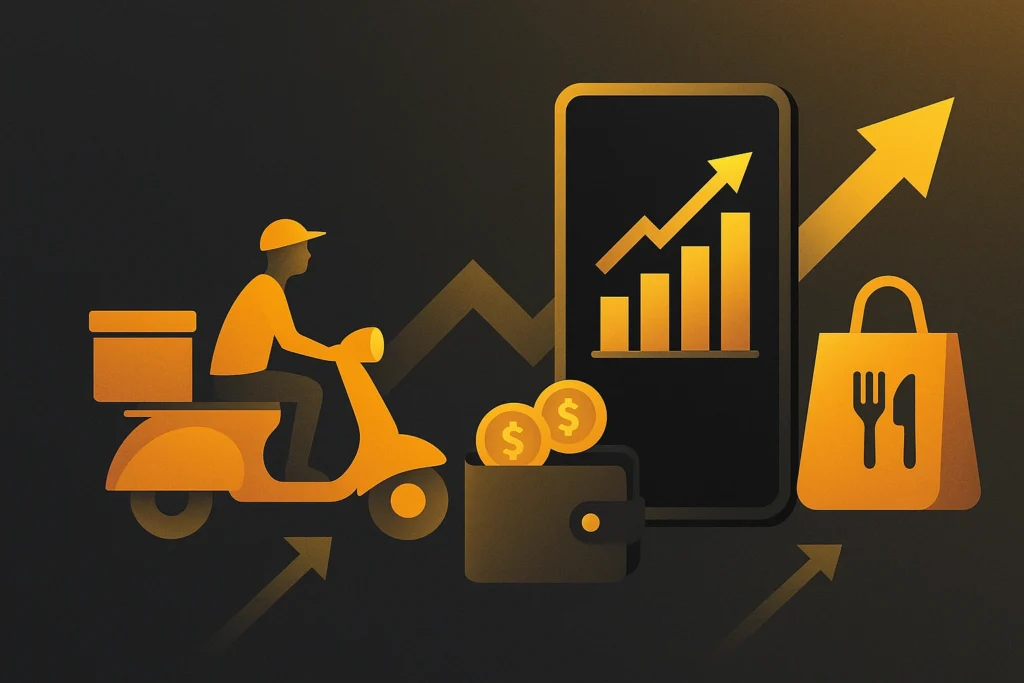Ever been hangry at 10 PM with an empty fridge and zero motivation to hit the store? Welcome to the club. From students to suburban parents, we’ve all experienced that “why don’t groceries just show up” moment. And just like that, grocery delivery apps became less of a luxury and more of a lifestyle.
What started as a convenience quickly became an expectation. Especially after the pandemic, the way we shop for essentials transformed. Suddenly, names like Instacart, BigBasket, and Blinkit weren’t just apps—they were lifelines. And now? They’re goldmines for entrepreneurs who crack the grocery delivery business model.
According to Statista,If you’re eyeing this space with startup goggles, you’re in the right aisle. Let’s unwrap the real strategies behind grocery delivery success—and how Miracuves helps founders build app clones that run smoother than a shopping cart with all four wheels.
Understanding the Grocery Delivery Business Model
At its core, a Grocery delivery business model connects three dots: buyers, sellers (retailers), and logistics. But the secret sauce? Monetizing each touchpoint without frustrating the end-user.
Business Model Types
- Inventory Model: You stock it, you sell it (e.g., BigBasket, FreshDirect).
- Marketplace Model: You connect users to nearby stores (e.g., Instacart).
- Hybrid Model: Mix of both (e.g., Blinkit pre-pandemic to now).
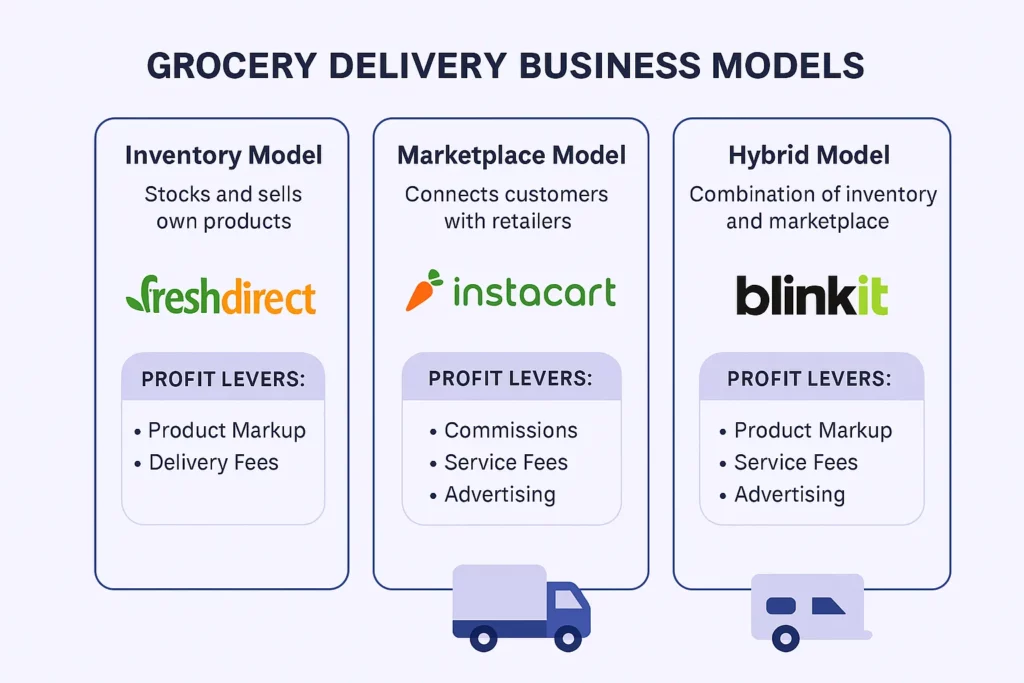
Primary Revenue Streams
1. Delivery Fees
Most platforms charge users a convenience fee or delivery charge—flat or distance-based.
Example: Blinkit charges ₹20–50 depending on order value and urgency.
2. Markup on Products
In the inventory model, you control prices. Even a 5–10% markup on high-demand items can significantly impact margins.
3. Subscription Plans
Premium models (like Instacart+ or Amazon Fresh) offer free delivery, lower fees, or priority slots. Users get perks, and platforms get recurring revenue.
4. Partnerships with Retail Chains
Grocery delivery platforms often strike revenue-sharing deals with supermarkets, local chains, or kiranas. It’s a win-win: retailers increase reach, apps earn commission.
5. Sponsored Listings & Ads
Just like search engines, grocery apps sell top slots and in-app banners to brands. Especially CPG companies with deep pockets.
Statista reports digital ad spending in the grocery segment crossed $2.5 billion globally in 2024.
6. In-App Payment Fees
Many platforms act as payment intermediaries and earn a transaction fee (typically 1-3%) from vendors or fintech partners.
7. Logistics as a Service (LaaS)
Some grocery delivery startups license their last-mile delivery infrastructure to third-party businesses. Think white-label delivery services.
Miracuves integrates customizable logistics modules in every grocery delivery app clone for maximum revenue flexibility.
Why It Works: The Grocery Flywheel for Market
It’s simple: more vendors = more choices → more users = more orders → more deliveries = more data = better algorithms → faster delivery = happier customers → more vendors.
It’s a loop of growth. And if you’re building your own app? You need the tech and strategy to keep this flywheel spinning without breaking.
Learn More: Market Your Grocery Delivery App After Launch
Cost Drivers & Profit Margins
Building a grocery app isn’t just about delivery. You’ve got:
- Tech stack & dev ops
- Warehousing (if applicable)
- Delivery fleet & fuel
- Customer service
- Vendor onboarding
- Returns, spoilage & perishables
Margins can be thin—typically 10–20%—so scaling volume fast is key. That’s why launching with a robust clone from Miracuves can cut time-to-market by months.
Learn More: How Grocery Delivery App Features Impact Development Costs
Advanced Strategies for Monetization
Hyperlocal Targeting
Use zip-code-based segmentation to offer customized store options and delivery times.Smart Baskets & Voice Shopping
AI-powered suggestions + voice-based ordering is the new frontier. Think Alexa ordering eggs before you run out.Eco-Conscious Add-Ons
Allow customers to opt-in for eco-friendly deliveries or plastic-free packaging—a growing consumer demand.
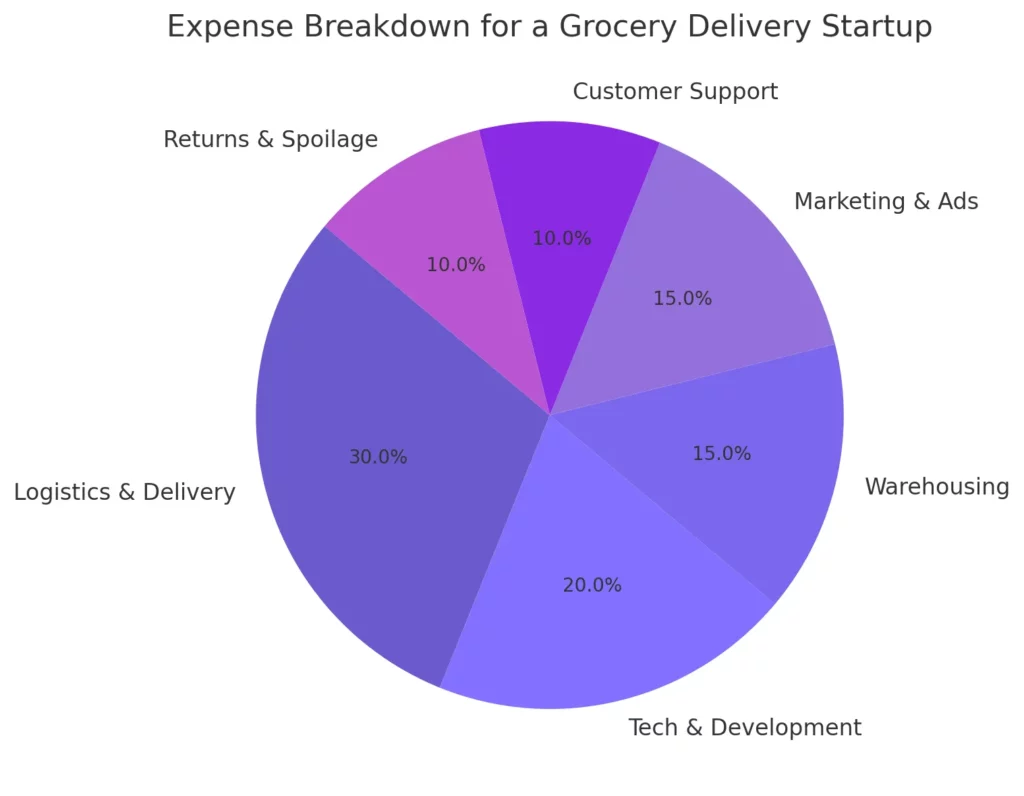
Conclusion
The grocery delivery business model isn’t just about speed. It’s about convenience, trust, and recurring value. When done right, it becomes a daily ritual for users—and a daily revenue stream for you.
At Miracuves, we help innovators launch high-performance app clones that are fast, scalable, and monetization-ready. Ready to turn your idea into reality? Let’s build together.
FAQ’s
1) How do grocery delivery apps make money?
Through delivery fees, markups, subscriptions, ads, payment fees, and partnerships with stores.
2) What’s the difference between marketplace and inventory models?
In inventory models, the app owns the stock. In marketplace models, it connects customers to third-party stores.
3) Is grocery delivery profitable?
It can be, especially at scale. Subscription and ad revenue boost margins over time.
4) Can I build a grocery app without owning a warehouse?
Yes! The marketplace model requires no inventory. Just onboard local stores and manage logistics.
5) How soon can I launch a grocery delivery app with Miracuves?
With our clone-based approach, you can go live in 30–45 days.
6) What features are must-haves for my app?
Real-time tracking, multiple payment options, smart recommendations, and vendor dashboards.



